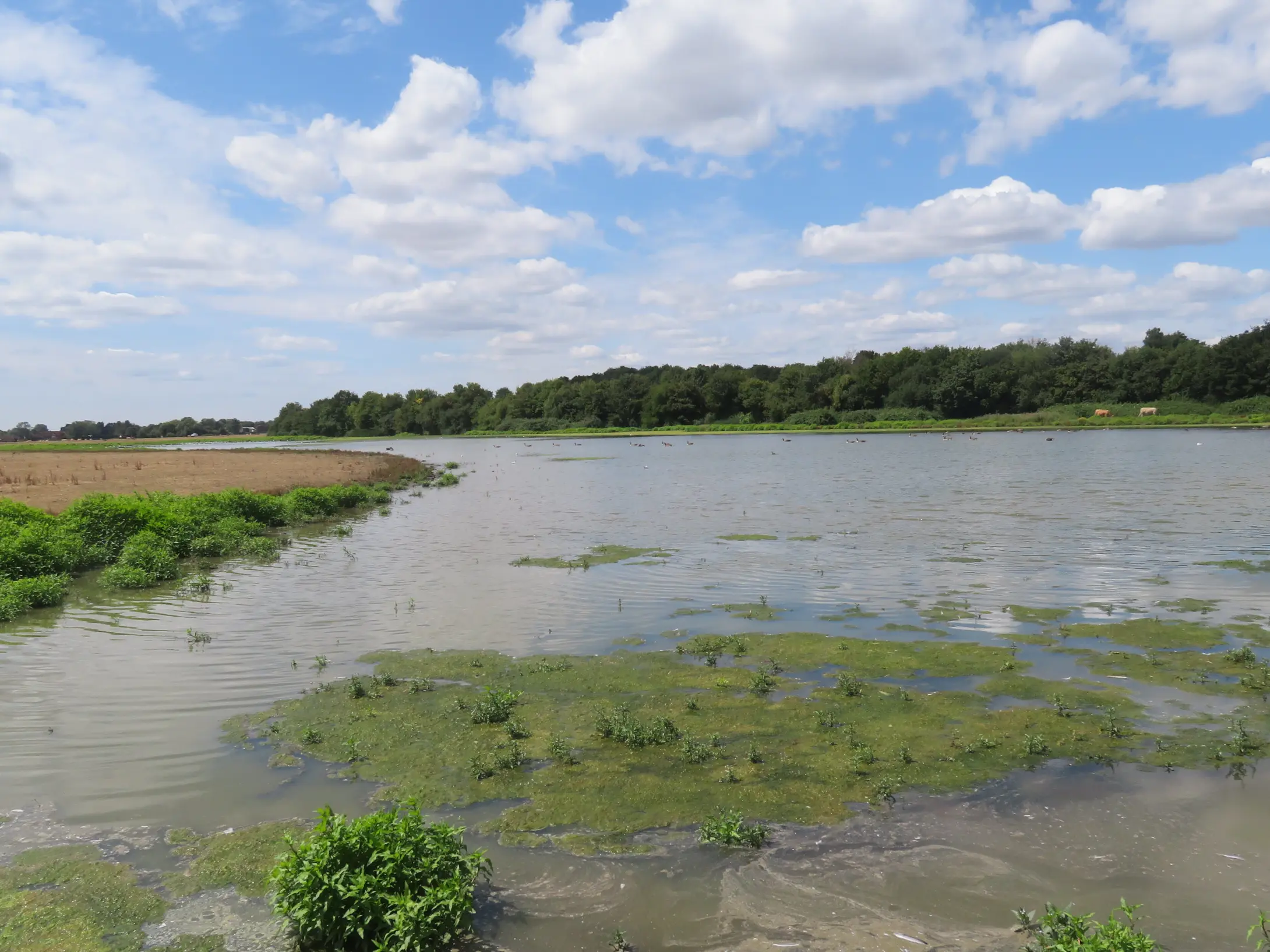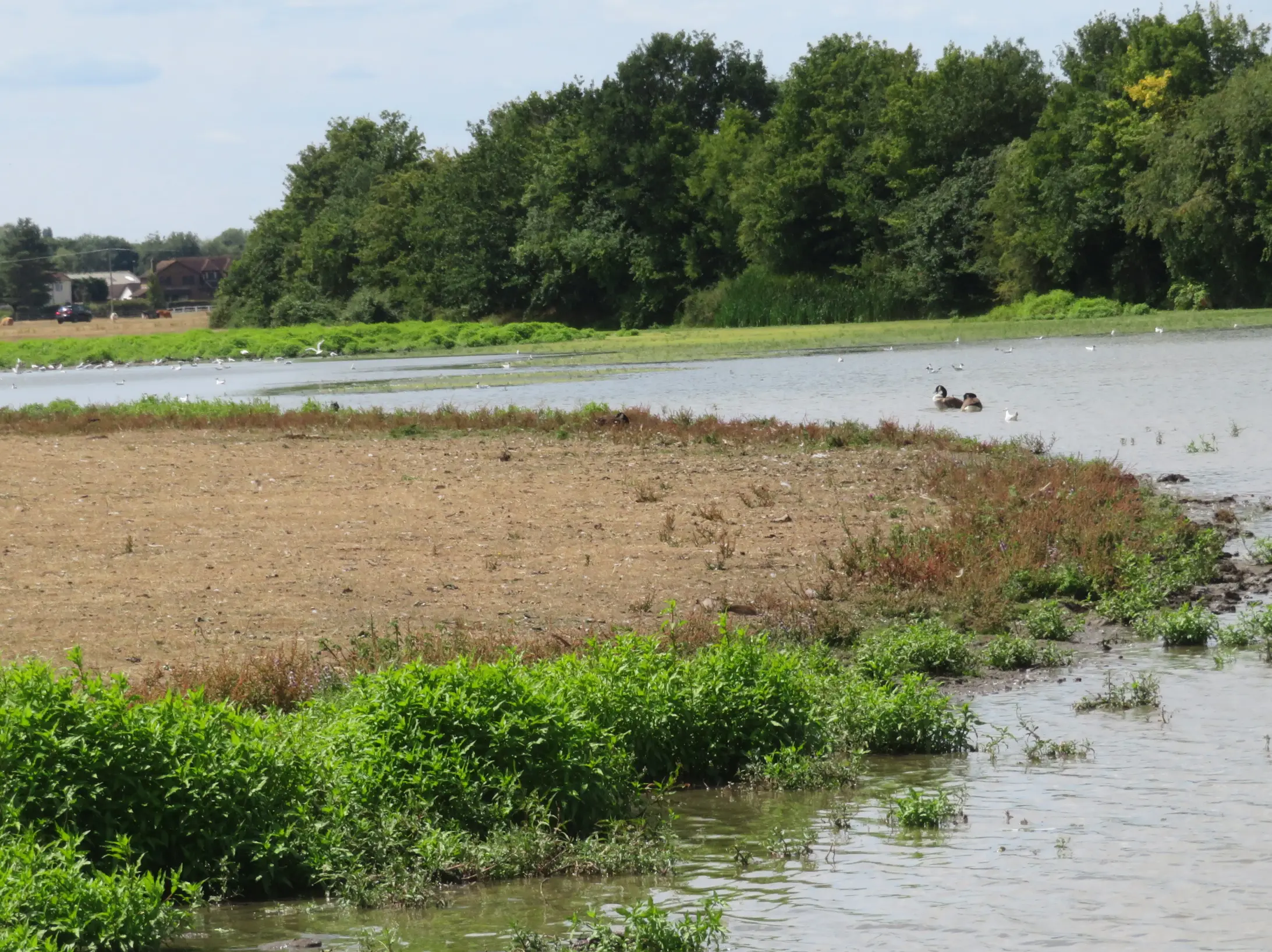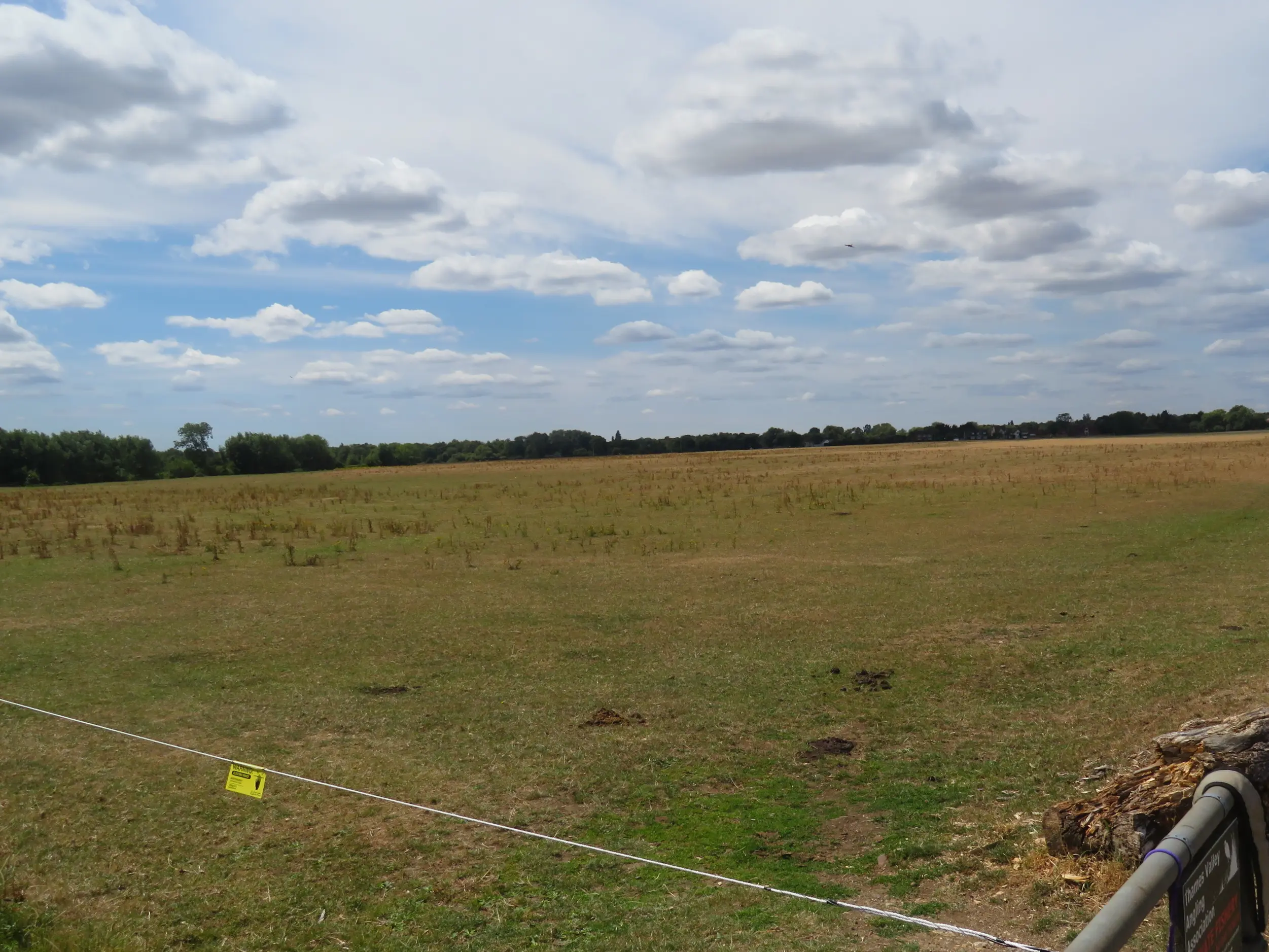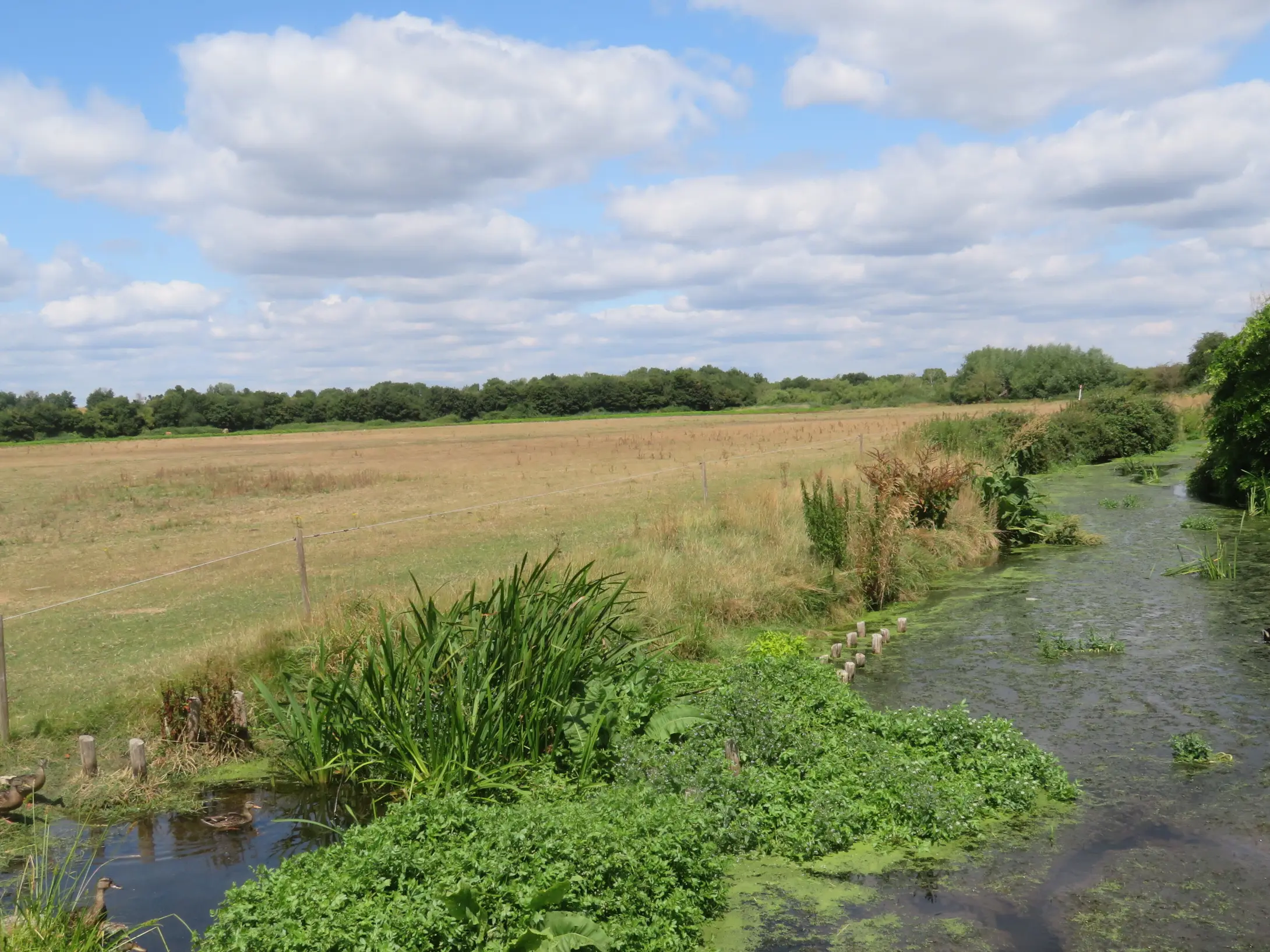Dorney Common
Location
OS grid ref.
Google maps
what3words
Getting there
Parking
Train
Bus
Access
Permit required?
The whole Common is flat ground, accessible on foot. When the water level is low it’s possible to access the Jubilee River in the NE corner of the Common. There is also another gate, West of the arm of the flood along the northern boundary, that also gives access to the Jubilee River. From the Hamlet of Boveney in the SW of the Common, there is a footpath connecting to the Thames path.
On site facilities
Local amenities
In Dorney village there is the Palmers Arms pub and the Pineapple Pub on Lake End Rd. In Eton Wick there is a selection of small shops (including a fish & chip shop) and the Greyhound pub
Target species
Site description
Dorney Common sits in the far south-east corner of Bucks, just east of Dorney village. The Roundmoor Ditch skirts its eastern & northern borders, which is also the border with Berkshire. Its south-west corner adjoins with Dorney Lakes. To the north it adjoins the Jubilee River (mostly in Berks).
Covering roughly 170 acres, this is the only privately owned common in the country with commoners’ rights. It mainly consists of open grazing land, bordered by riverside vegetation and hedges.
Since 2013 the north-west corner has been liable to flooding, and a sizeable area of open water has now become a semi-permanent feature. The amount of mud showing varies with the water level. This is the most watched area of the common and usually attracts a sizeable flock of Black-headed Gulls and geese. From late summer to Spring, Teal are present in good numbers, with often a flock of Lapwing also present.

Little Ringed Plovers are frequent visitors through the summer, whereas Green Sandpipers & Common Sandpipers pop up nearly throughout the year. This area can also hold good Snipe numbers during the winter. This is also the area to check for migrating waders. Greenshank, Redshank, and Black-tailed Godwit are virtually annual, as are Dunlin & Ringed Plover.
Oystercatchers are also frequent visitors. Remarkably, for such a small inland site the common has an impressive record of attracting passage waders. Spotted Redshank, Ruff, Little Stint, Wood Sandpiper, Knot, Whimbrel, Curlew, Avocet, Curlew Sandpiper, Pectoral Sandpiper have all been seen here. And in July 2022 Bucks’ first White-rumped Sandpiper was found here.
Along with the Teal and Mallard there are usually a few Gadwall present. While Shelduck are regular, Wigeon, Garganey, Mandarin, and Pintail are less so.
Little egrets are regular, with Great White Egret putting in occasional visits. Grey Herons are ever present, along with Red Kites. Less frequent - but still to be looked for - are Kingfisher, Buzzard, Sparrowhawks, Peregrine, Kestrel, and in the summer, Hobby. Marsh Harrier has been seen here more than once and fleeting visits have been made by Montagu’s Harrier and Short-eared Owl.
In the south-west corner, the common narrows as it approaches Boveney Hamlet. An arm of the Roundmoor Ditch ends here, in a swampy area that attracts geese & herons. To the north of this area is a field mainly reserved for calving cattle, which is a popular area for Wheatears and chats during migration. It has recently been home to a long-staying Cattle Egret. It’s also the most popular area for winter thrushes.
Corvids occur in sizable flocks and together with the ever-present Canada, Greylag, and Egyptian Geese, plus Starlings & gulls, they give the common a nice busy feel on virtually every visit. A thick hedge on the east side in this area is usually home to Whitethroats, Linnets, Greenfinches and the odd Redstart at passage time.

The common is used to raise cattle – they are usually very docile but obviously care should be taken especially when they have calves and particularly when walking dogs. However, the herd regularly attracts Yellow Wagtails in the summer, whilst Pied & Grey Wagtails are often present throughout the year.

It’s noticeable that along the Roundmoor Ditch county border, most of the riverside vegetation is on the Berks side. And in the north-east corner the flood on the Bucks side stretches into Berks, forming a large area of water now bordered by areas of reed & mace. This is referred to as the Eton Wick flood.
Viewing this area when the water level is high is a problem - tall wellies or waders are required to reach a viewing spot. However, it is on the Berks side of the Roundmoor Ditch that Chiffchaffs, and Cetti’s, Sedge, and Reed Warblers are most likely to be encountered. You should also find Blackcap, Reed Bunting, Chaffinch & a good sized House Sparrow flock here.
All these birds are easily viewable from the Bucks side, they’re just in Berks. If it’s possible to view the Eton Wick flood, wintering duck numbers here can be good, with Tufted & Gadwall often favouring this side along with more Teal. Water Rail can give good views & Little Grebe favour this area.

Sightings from the Berks areas of Dorney Common should be posted on the Berks Going Birding site.